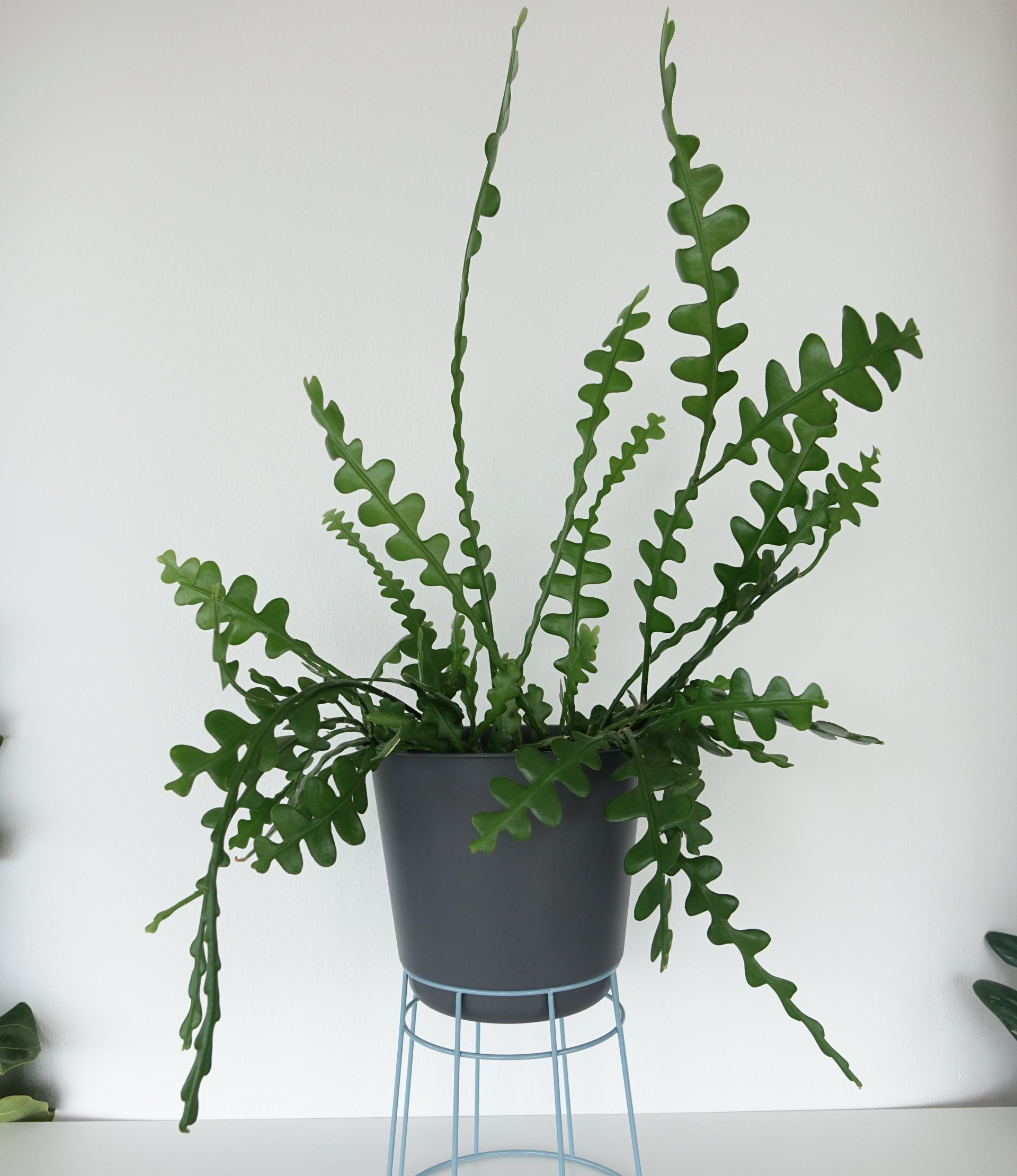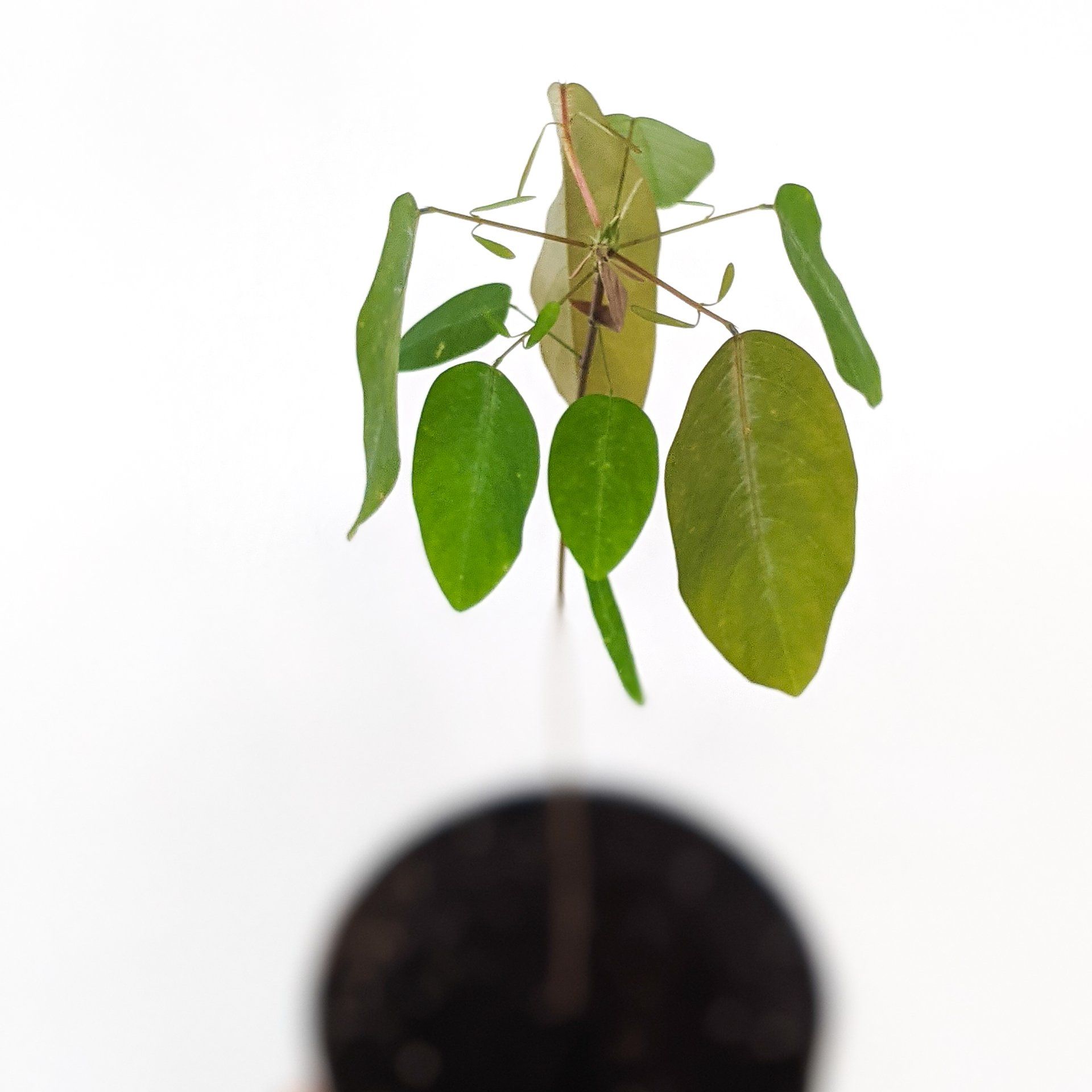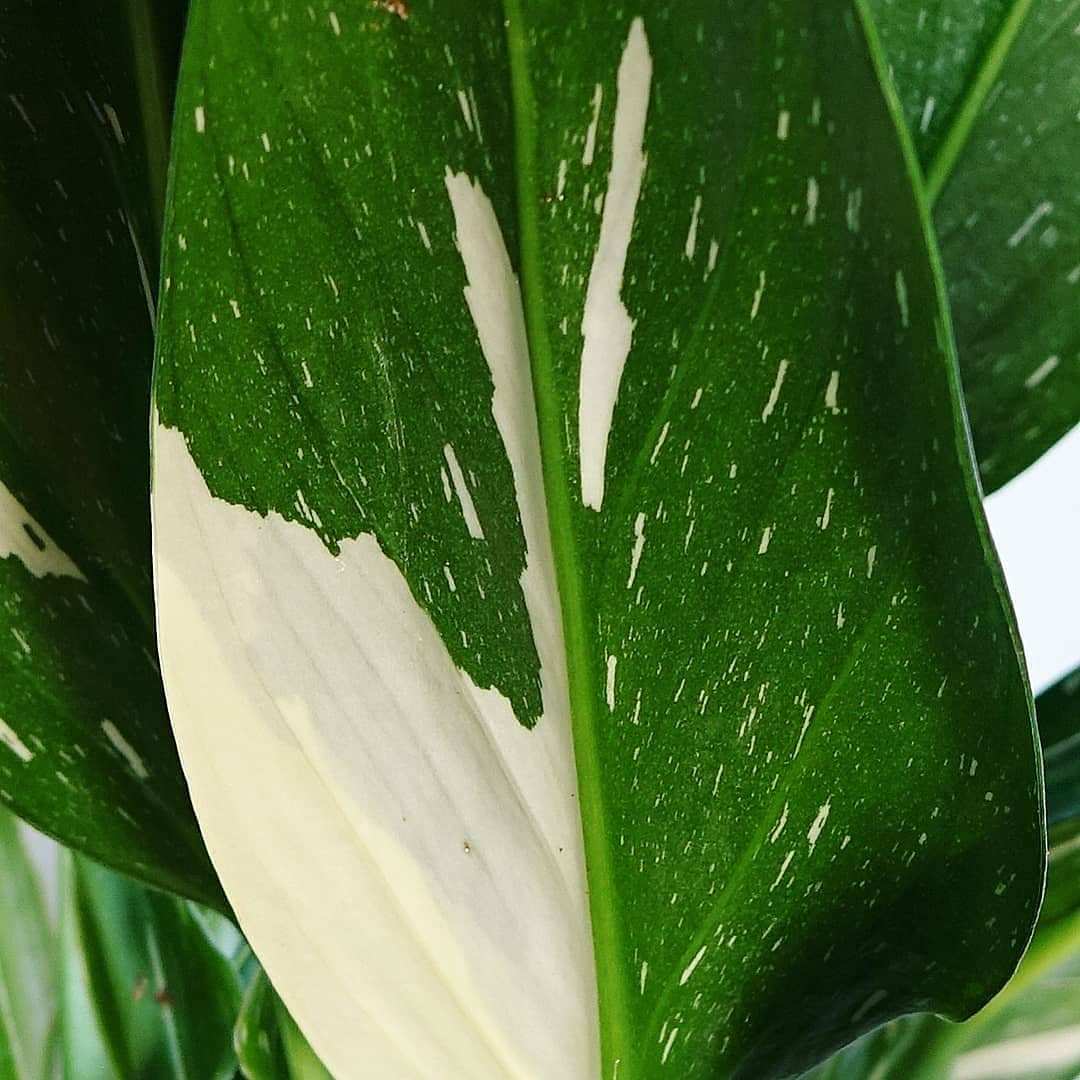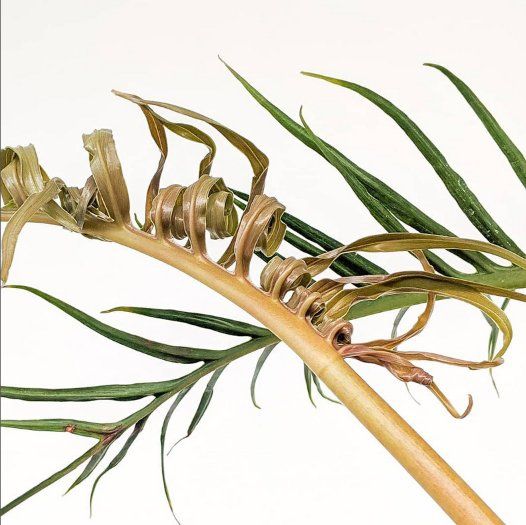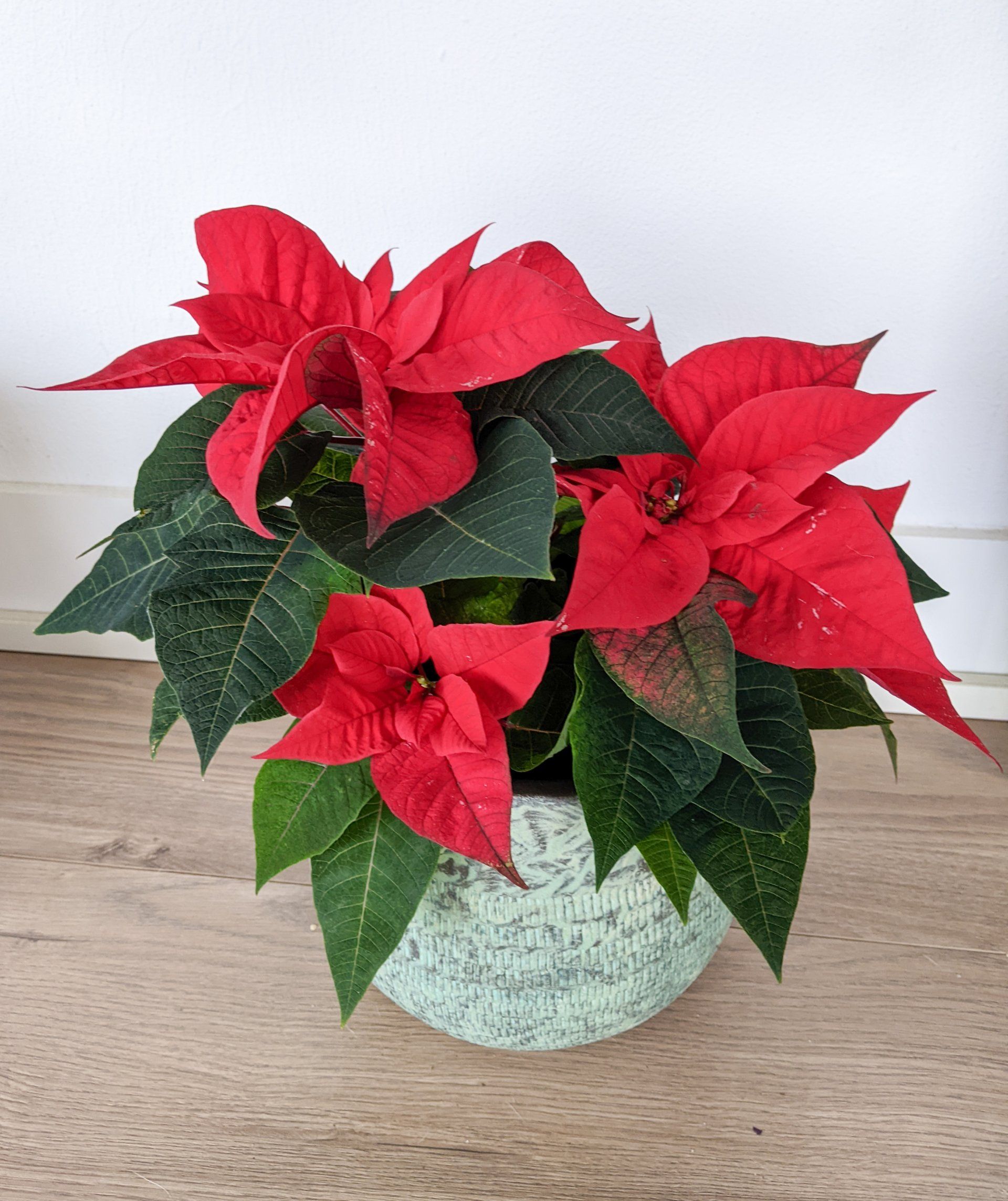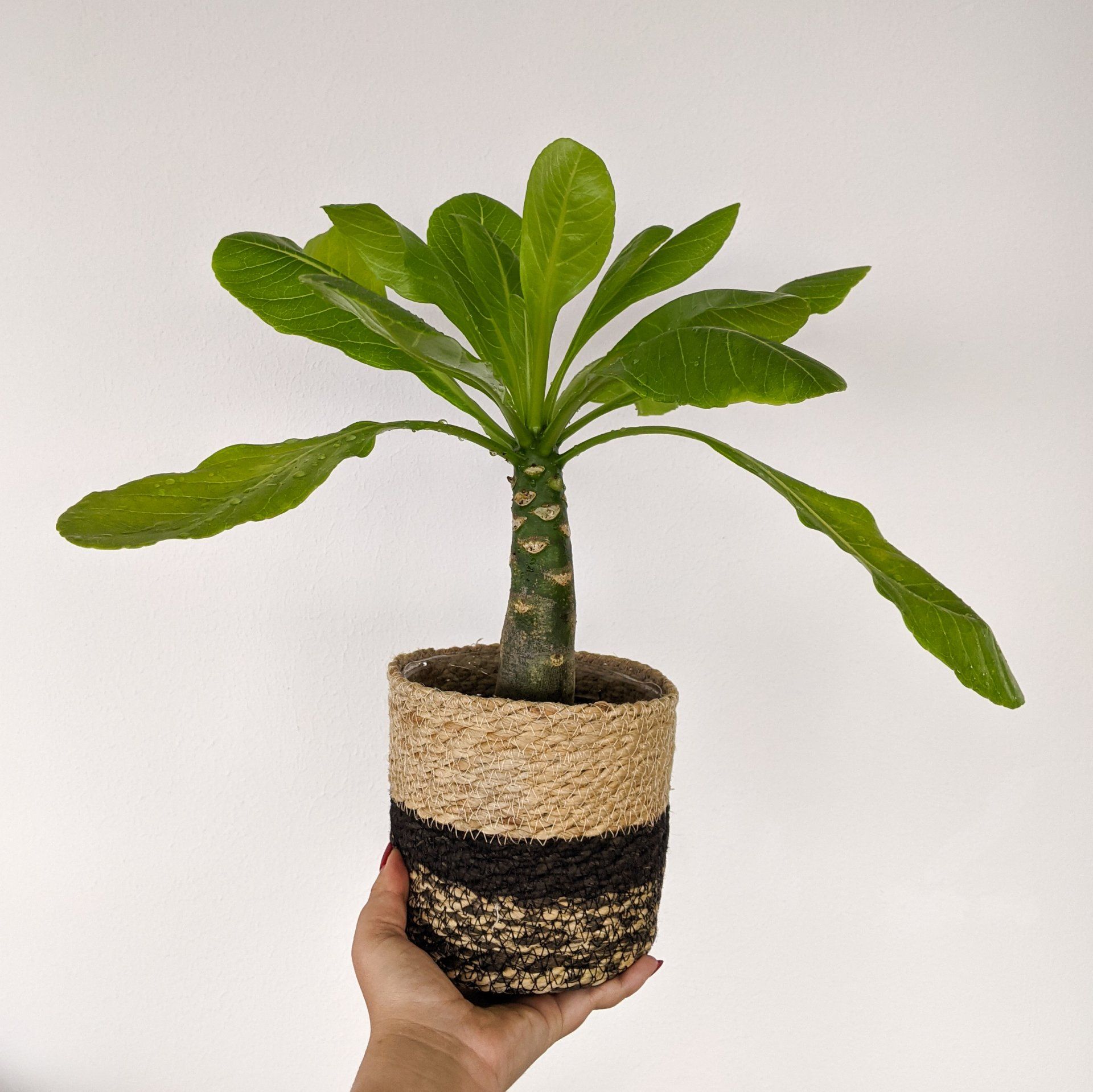555-555-5555
mijnmail@mailservice.com
Moving plants
What moves plants?
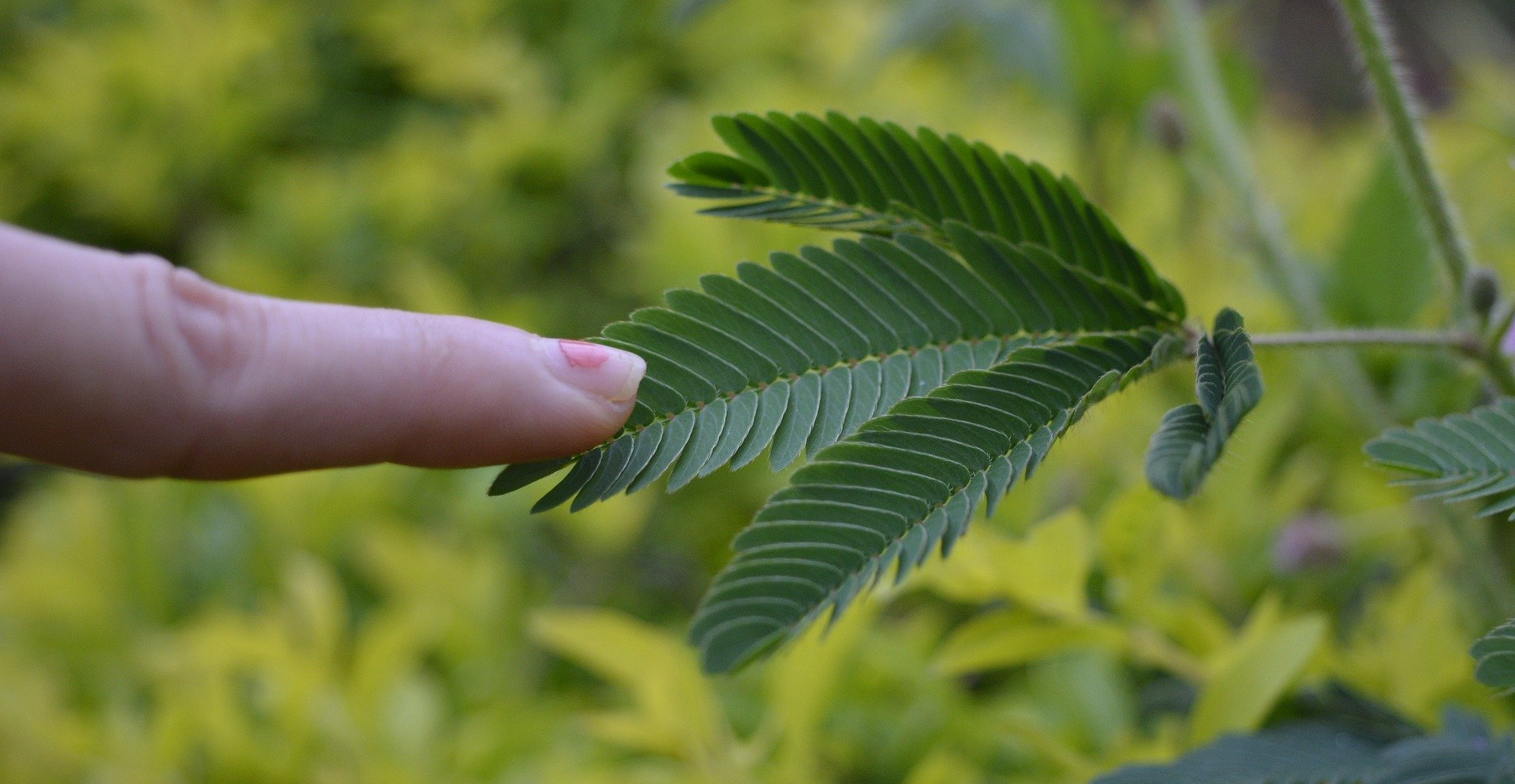
In the 17th century, something remarkable happens: botanist Rumphius places a plant between the animal kingdom and the plant kingdom. Why? Because it moved when touched. In February 2022, this article by Rogier van Vugt (greenhouse chef Hortus Botanicus Leiden) and myself was published in Gardeners' World magazine about moving plants. Download it (in Dutch!) or read it below. You can also find more photos and tips for sowing moving plants here.
M: In the 17th century, something remarkable happens: botanist Rumphius places a plant between the animal kingdom and the plant kingdom. Why? Because it moved when touched. At the time, such sensitivity was only ascribed to organisms in the animal kingdom. But this was a plant! Rumphius broke his head over it. This concerned Biophytum sensitivum, a plant that works in a similar way to the better-known Touch-me-not (Mimosa pudica). There appears to be a range of moving plants, with different types of movement. From the slow-moving sunflower to the fast-closing Touch-me-not.
R: First of all, it's not true that plants are totally motionless creatures. Many plants move, albeit at a speed that we simply cannot observe. We can roughly divide the types of movement into 5 categories:
- Plants move with sun
This is the most common form of movement in plants. The most famous example is sunflowers that turn their flower heads towards the sun every day.

Sunflower (Foto: Pexels)
- Plants that go to sleep: Calathea, oxalis, various plants of the bean family.
This form of movement is similar to the previous one, but it is visible because it happens twice a day in a fairly short period of time. People who have one of the above plants as a houseplant will probably have noticed that the leaves fold up at night. This is a response to darkness.
Video of my Calathea lancifolia
- Plants move with heat (snowdrops, crocus)
In early spring, put a pot with closed crocuses or snowdrops inside and you will see that they open within an hour. This is a reaction to heat because they also do it in the dark.
- Plants respond to touch - mimosa - biophytum - venus fly trap
These are the plants that this article is really about. The plants that react to touch. Plants that move visibly are really something special and there's a reson these plants are popular in culture. Touch-me-not and the Venus flytrap are the best known, but there are several and these are slowly becoming more famous.
M: The Venus flytrap is a carnivorous plant, I wrote an
article about these plants last year. Here you see a close-up video of a leaf of my Venus flytrap closing around a fly:
- Telegraph plant
The Telegraaf plant is a very special one because it moves by itself at a speed that can be seen with the naked eye. Each leaf consists of a large central leaf and two small side leaves, and these side leaves "dance" back and forth all day long.
As described above, it is clear that plants move for various reasons. That is why we focus on the plants that move based on touch. This is clear with the Venus flytrap. Its trap snaps shut to catch and hold the prey. But Touch-me-not and the Biophytum don't catch insects. These move purely out of self-protection. This is particularly visible in nature at Touch-me-not. These plants often grow in sunny clearings. Herbivores could graze there, but they do watch what they eat. When the green bush they eat from suddenly has no more leaves, they move on to the next plant. Even in the event of rain or hail, the leaves fold inward. Not only do the leaves remain intact, but they also help the water to easily reach the roots. The same applies to plants that fold their leaves at night. There is no light anyway, so the leaves do not have to be unfolded. Another advantage of a dense foliage is that you have little competition from other plants below you. If you can then ensure that you can reduce the volume of your foliage at certain times by means of movement so that the rain reaches your roots well, you have the best of both worlds.
M: I sowed the Telegraaf plant, you can read more about it in this
article. I made a video with some timelapses of this 'dancing plant':
M: Plants that are specifically offered for their movement are mainly Touch-me-not and the Venus flytrap, to a lesser extent Biophytum sensitivum and the Telegraph plant. As coincidental as it may be that all these plants can move, that's where the resemblance ends. Unfortunately, not all of them can be cared for in the same way. The Venus flytrap is a true carnivorous plant that needs nutrient-poor soil and cold winters. The other species mentioned are tropical plants and must be grown warm. Sun is also important for the Touch-me-not and the Telegraph plant in particular. They do best on a south window. Darkness and cold are disastrous! These plants often die in our living room in winter. So make sure that you sow or buy these varieties in spring, so you will enjoy them the longest. Do you have a heat mat and a grow light? Then you could keep them alive.
R: It is good to realize that plants such as Touch-me-not and the Telegraph plant often have a short life. Even if you grow them under ideal conditions. Fortunately, they are easy to grow from seed. You can buy seeds of both on the internet. It is best to sow these in April on a warm light windowsill. It's not complicated, just in moist potting soil and sow the seeds just below the ground. Once the plants are growing, they need regular fertilizer for green houseplants. Did you know that the well-known 'star fruit' or Carambola (Averrhoa carambola) also moves when touched? This plant is related to the Biophytum and is sometimes sold as a fruit in the supermarket. The fruit slices look like a star. You can sow the seeds from this fruit and eventually grow it into a tree.
Finally, one last tip. It is certainly fun to let the plants move, but the leaves lose their responsiveness after frequent contact. Recent research has shown that this is a kind of learning process. So you will have the most fun with these plants if you don't make them too smart.
Sow or buy moving plants
Seeds
www.onszaden.com :Mimosa pudica, Telegraph plant.
Check your local garden centre for the other seeds or check online for a shop that sends to your country.
Calathea's and marantha's
Marantha leuconeura 'fascinator'
Almost all Calatheas go to sleep, but Calathea musaica 'network' doesn't. Easy moving calatheas are:
lancifolia,
rufibarba,
sanderiana 'Ornata' and 'Medaillon'.
Questions or remarks? Contact me!
